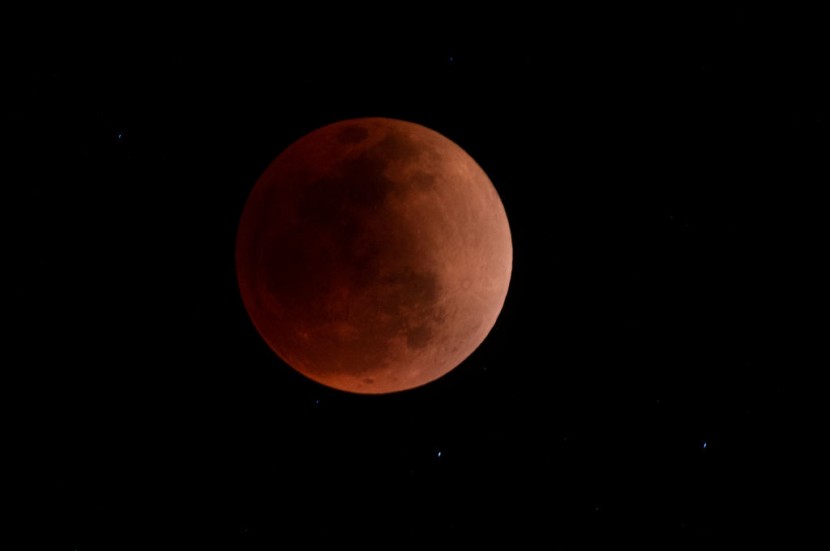
A lunar eclipse is expected to be visible on November 8, 2022 and will grace the sky of observers from Asia, Australia, New Zealand, North America, and several parts of South America.
Such an event occurs when the moon passes behind our planet with respect to the Sun, passing through the Earth's shadow. A lunar eclipse is considered to be a total eclipse when the moon passes through the deepest part of our planet's shadow, which is called the umbra.
Total Lunar Eclipse
At this moment, it dims the moon's light and shades it red as the only light that reaches the lunar surface that is filtered through the Earth's atmosphere. People who are observing from Hawaii and Alaska will be able to view the event entirely.
However, the moon will set over Puerto Rico just after the eclipse reaches totality but on the other hand, in the UK, Europe, and the majority of Africa, will not be able to view the event at all. For many observers in North America, the event will last a bit more than three and a half hours in total, as per MSN.
The first hints of a partial eclipse will begin at around 3:02 a.m. EST, which is the time when the moon will move into the Earth's outer, and lighter shadow, which is called the penumbra. However, it would not be noticeable until after about an hour at around 4:09 a.m. EST.
NASA wrote on its website that to the human's naked eye, as the moon moves into the umbra, it would look like a bite is being taken out of the lunar disk. Totality is when the entire moon is within our planet's umbra and is estimated to begin at around 5:17 a.m. EST and end at roughly 6:42 a.m. EST.
According to the New York Times, the chief scientist at the Planetary Society, Bruce Betts, said that the most significant thing about this lunar eclipse for him was that it gives a sense of three-dimensional geometry that is rarely seen in space, which is one orb passing through the shadow of another.
Blood Moon: A Rare Phenomena
An astronomer at the University of San Francisco, Andrew Fraknoi, said that the big issue in trying to watch the eclipse was that it would be before Election Day. He joked that maybe some people would be too worried about the elections that they would not be able to sleep and thus be able to watch the event unfold.
An astronomer at George Washington University, Shanil Virani, cited that in previous generations, there was a different outlook on eclipses. For our ancestors, the disappearance of the moon was viewed as a time of danger and chaos.
Astrophysicist Alphonse Sterling from NASA's Marshall Space Flight Center said that such events are not that common, which makes it nice to view them whenever possible, referring to the blood moon phenomenon.
A total lunar eclipse happens roughly once every one and a half years on average, with the next total eclipse expected to take place on March 14, 2025. In the meantime, partial and penumbral lunar eclipses will continue to be observable, CNN reported.
Related Article : Space Observatory Captures Stunning Image of Giant Star's 'Ghost' Made up of Cosmic Dust, Gas
© 2025 HNGN, All rights reserved. Do not reproduce without permission.








